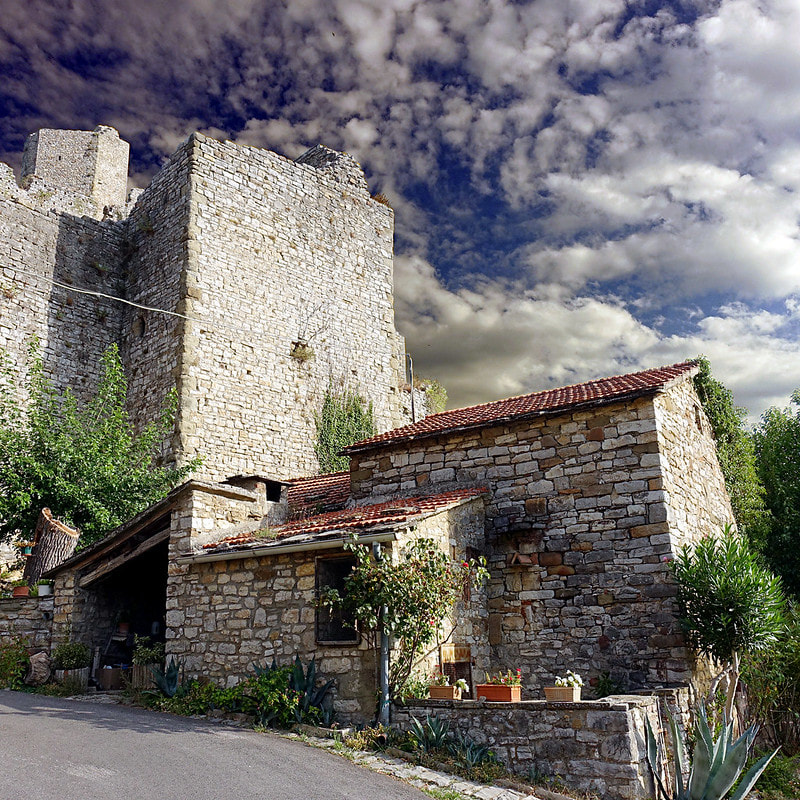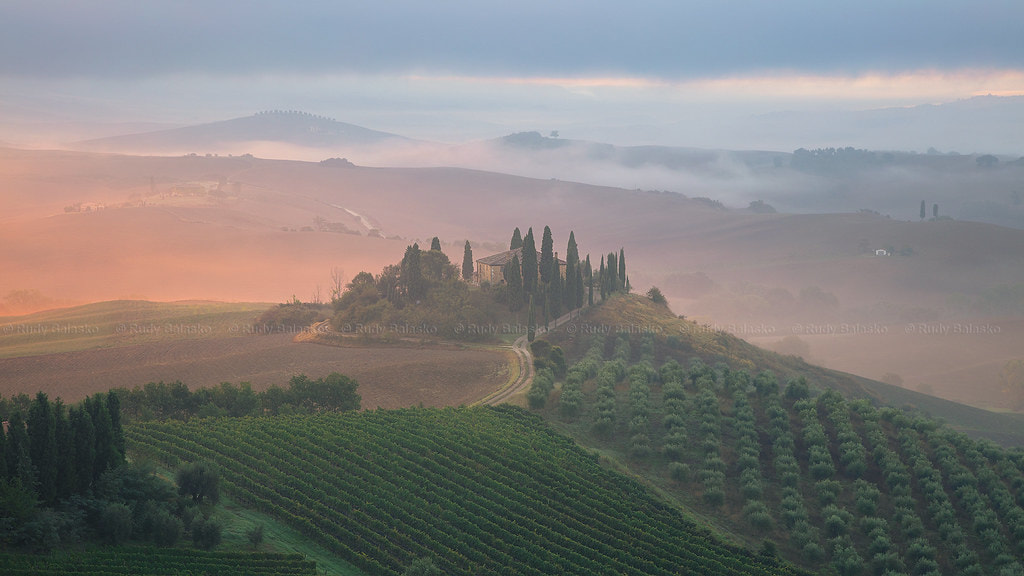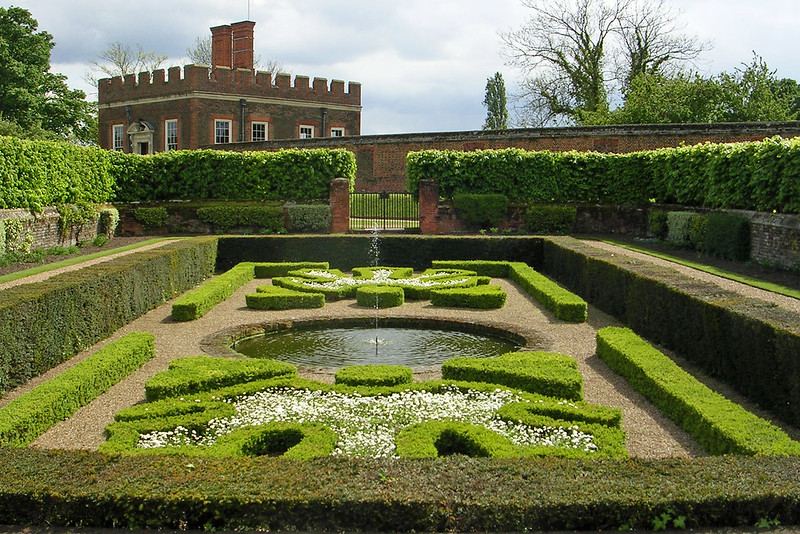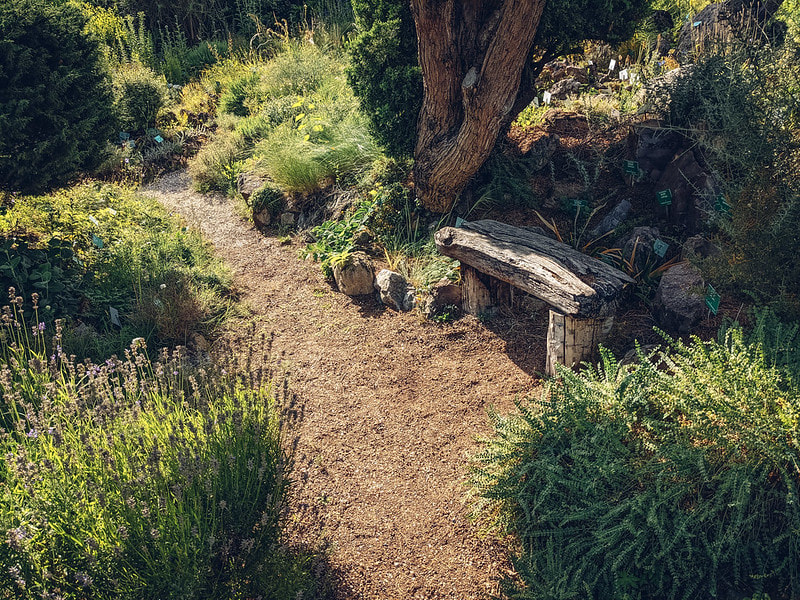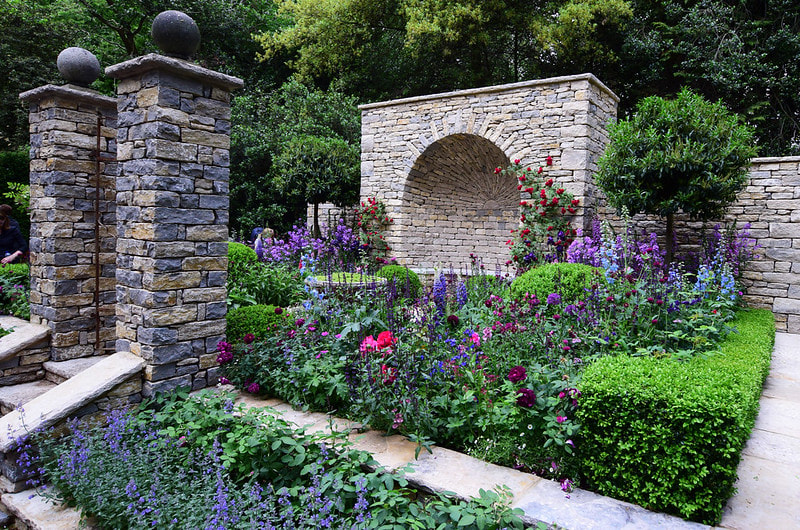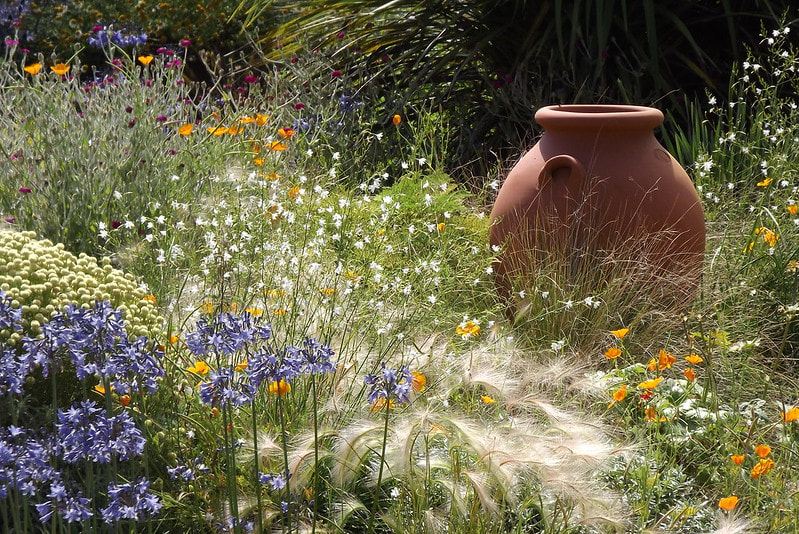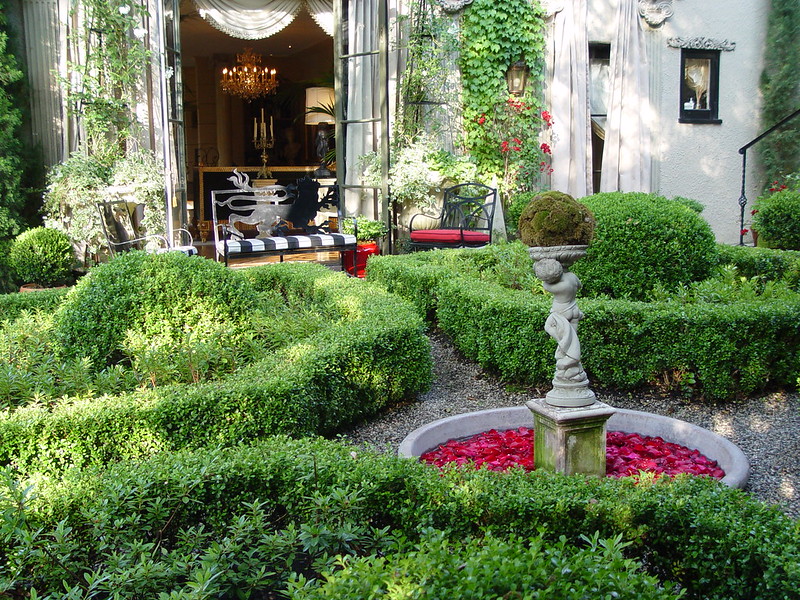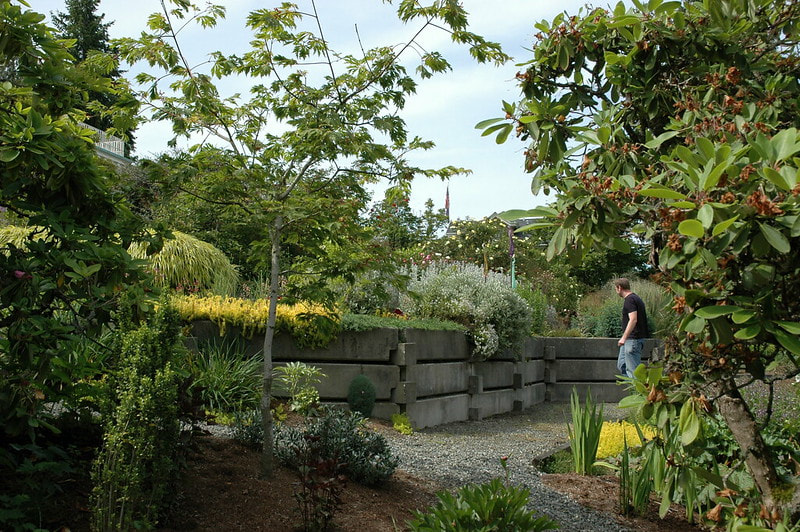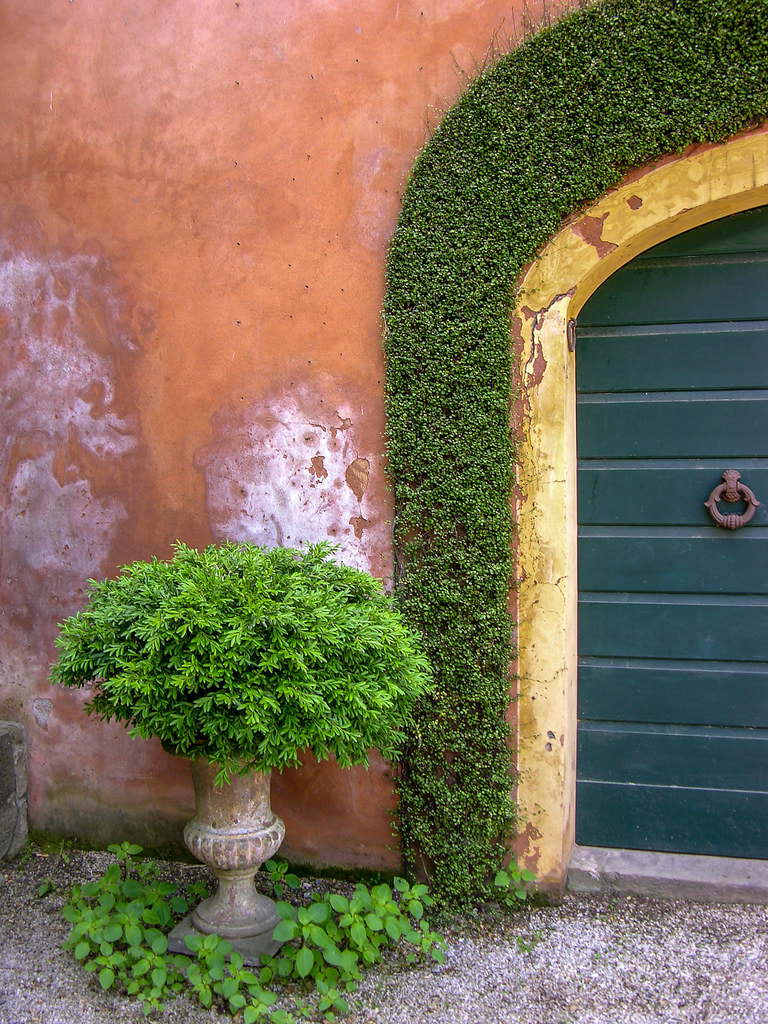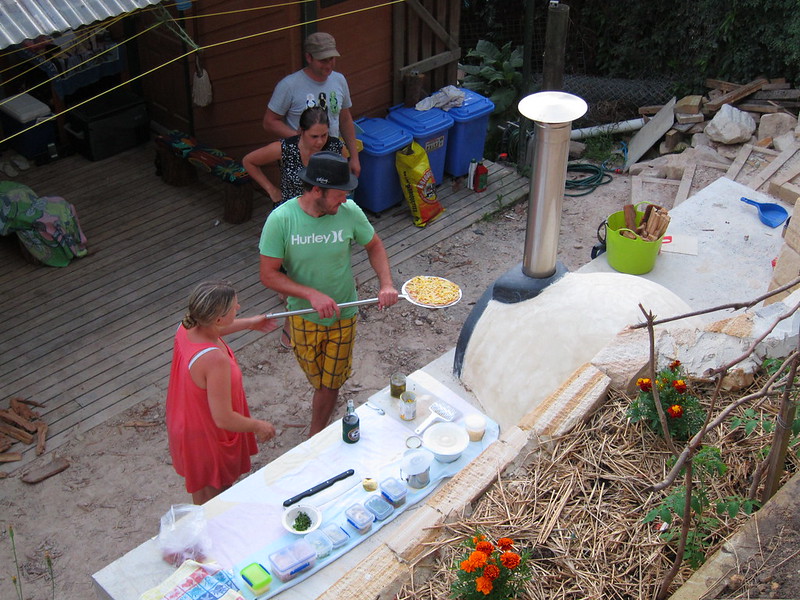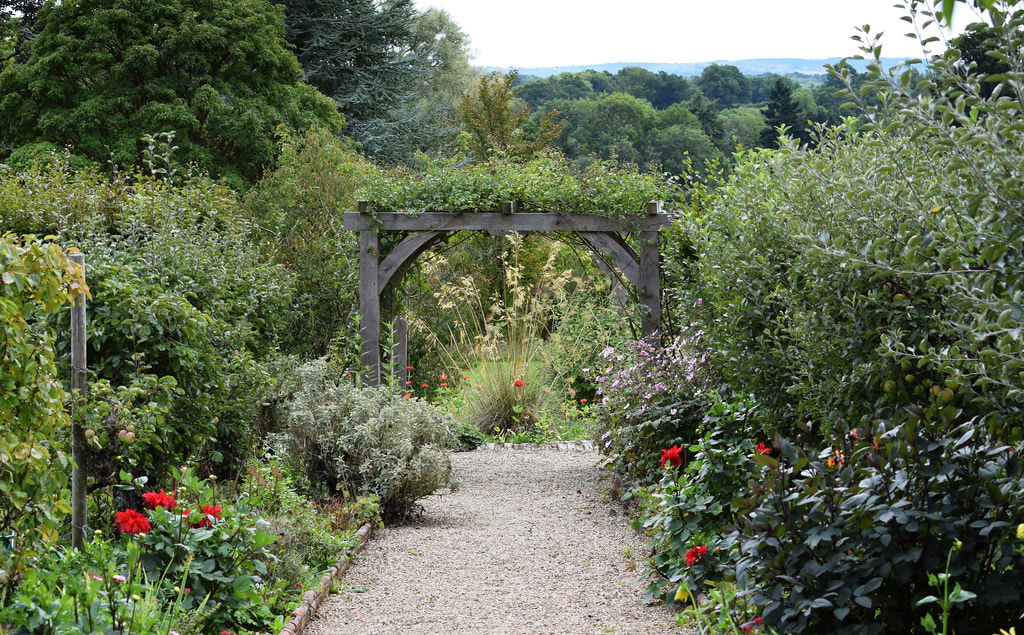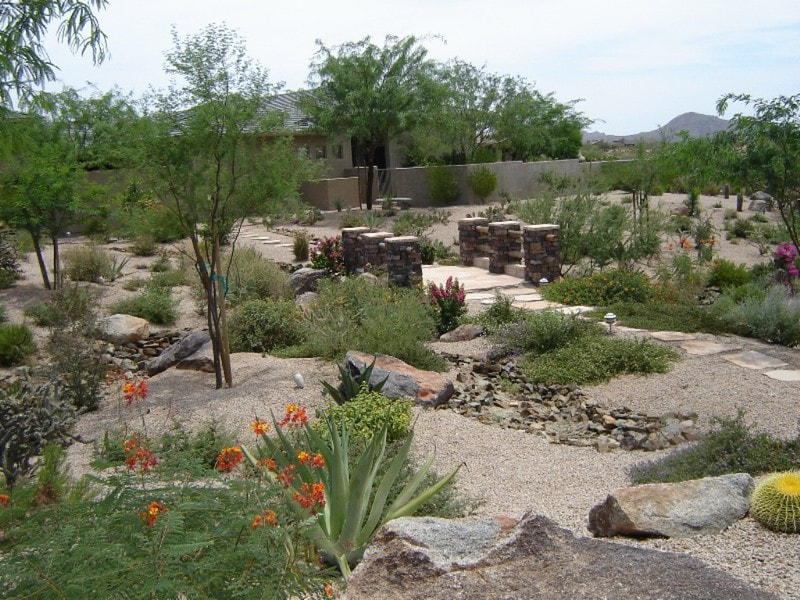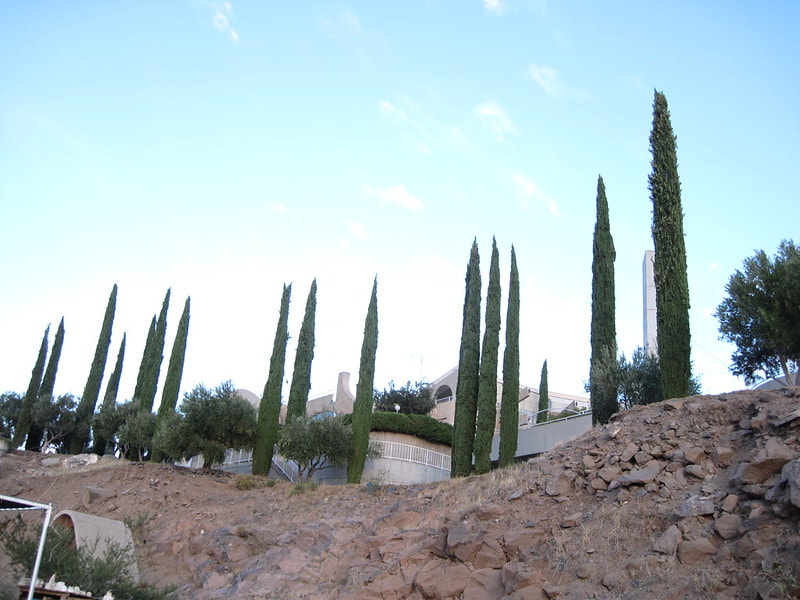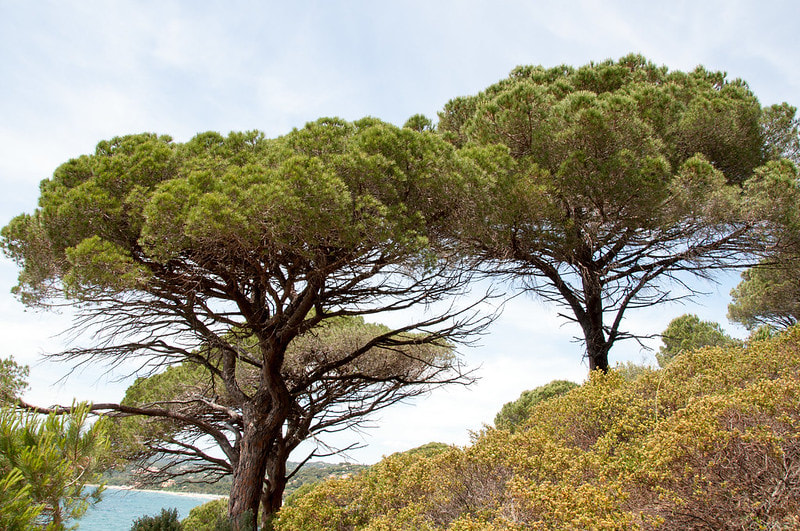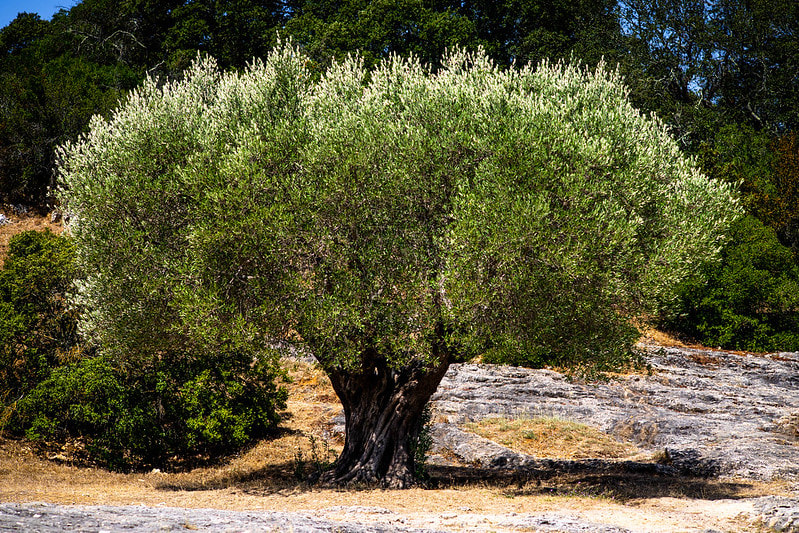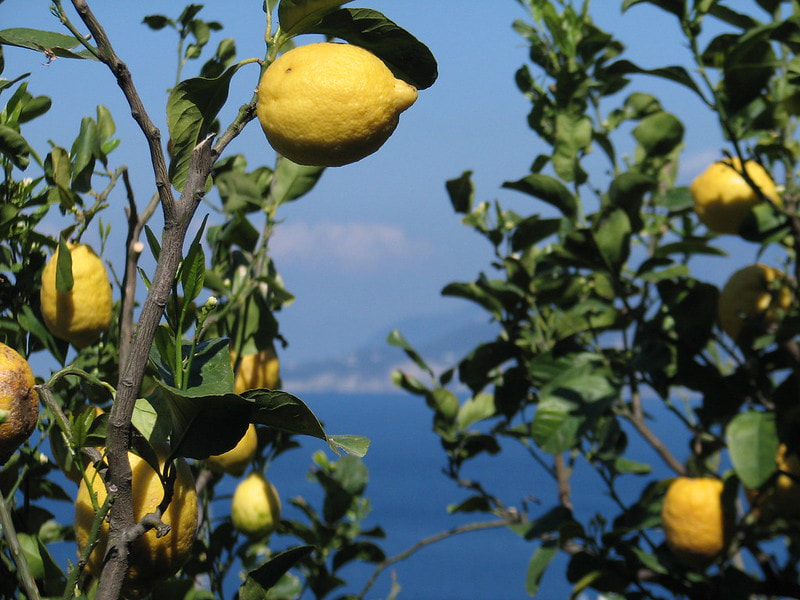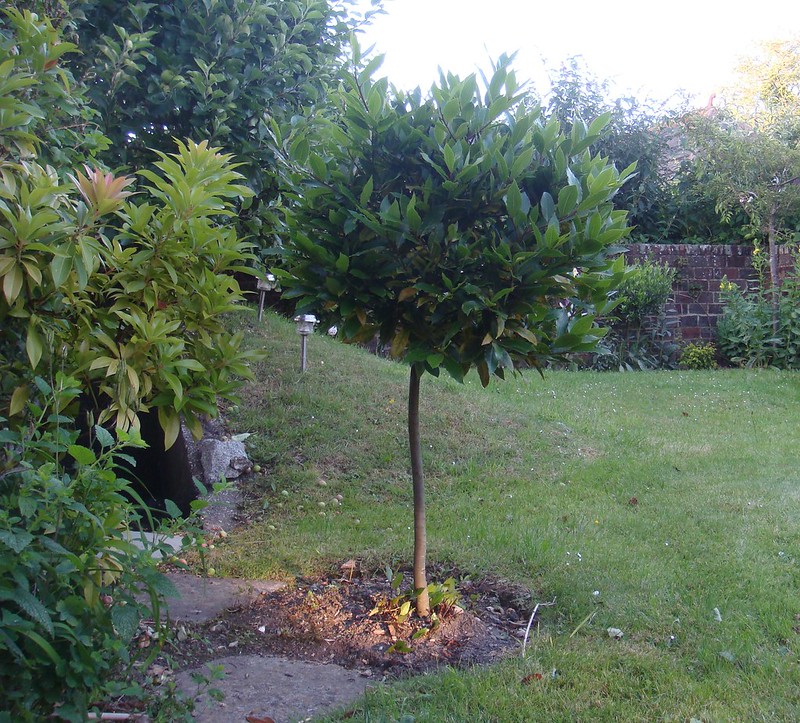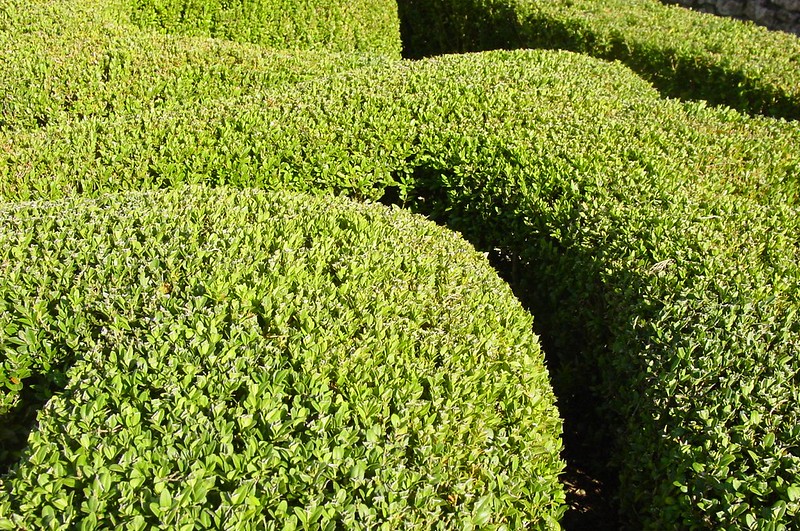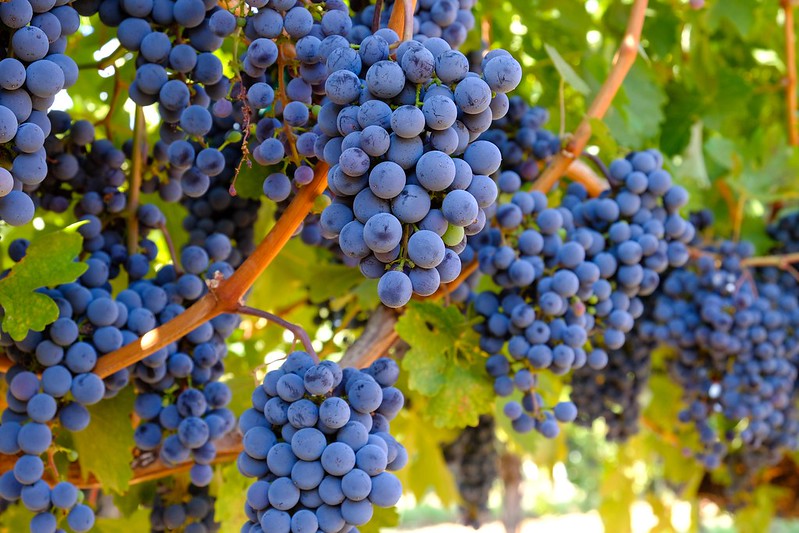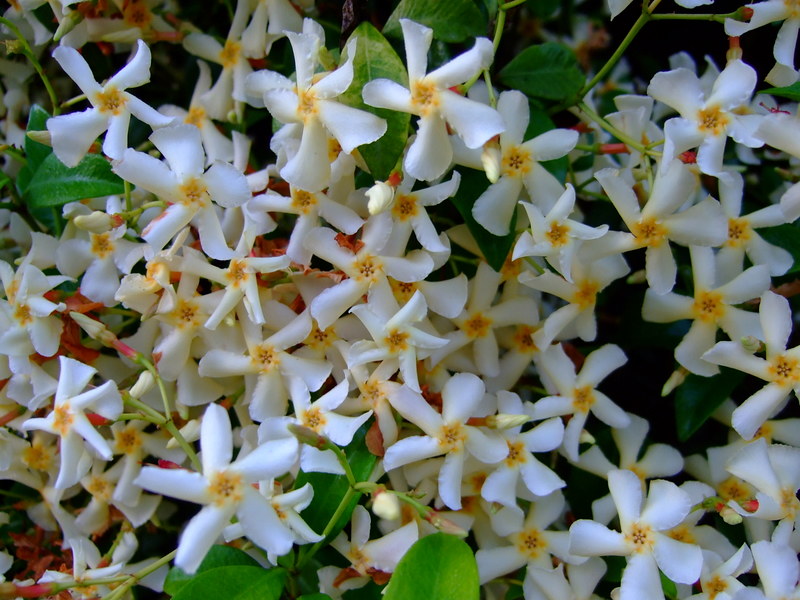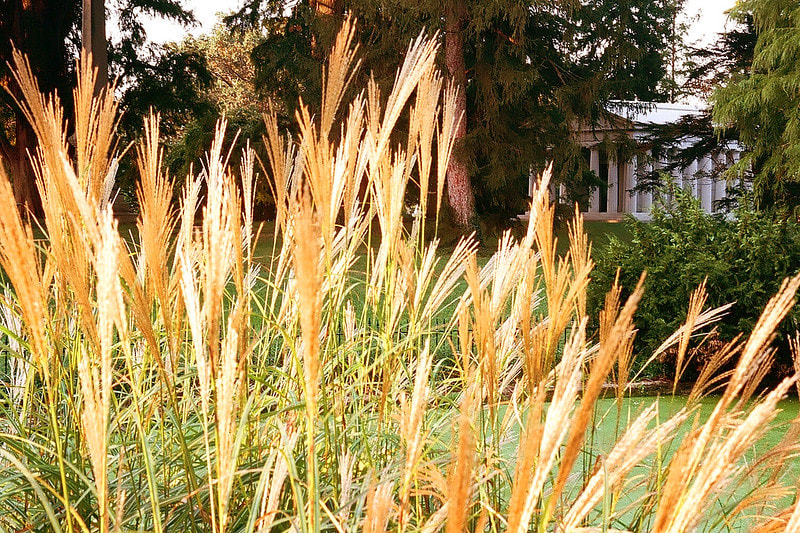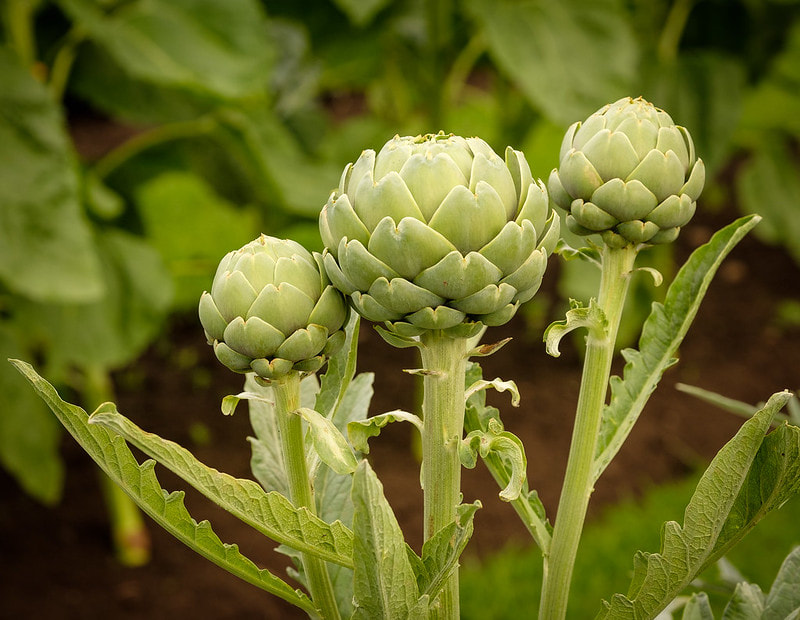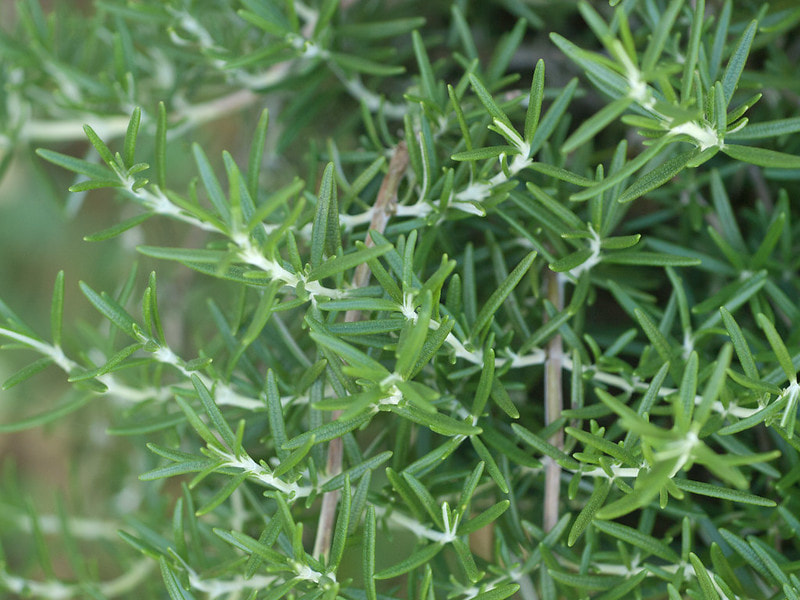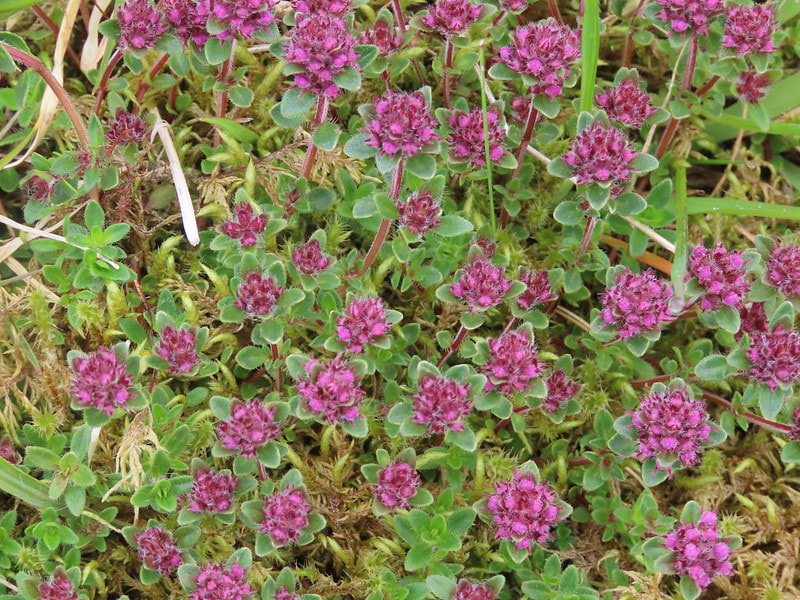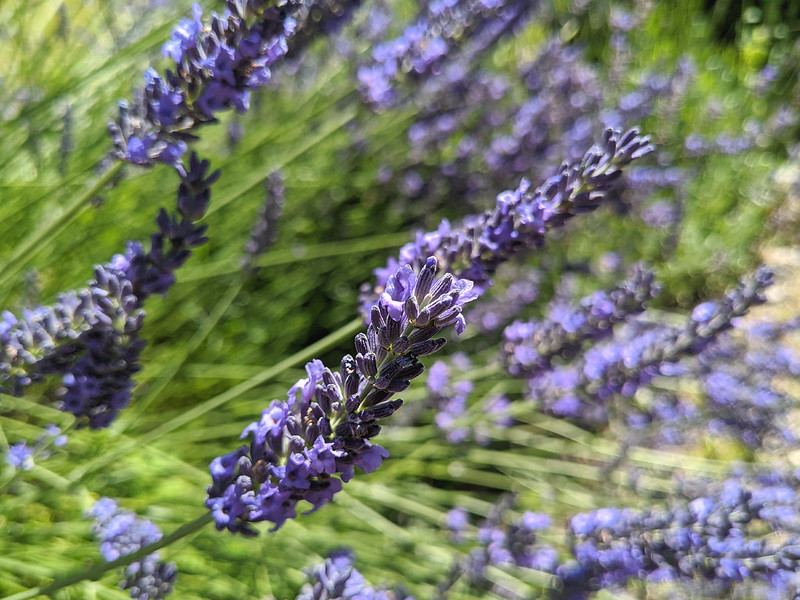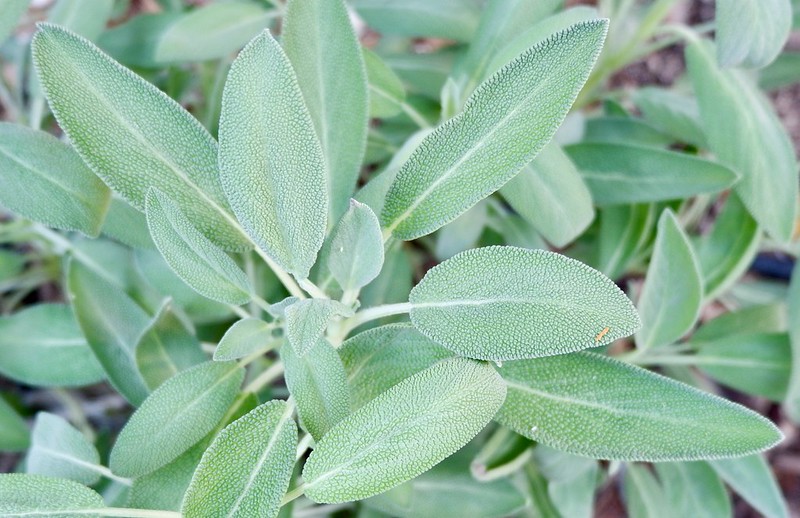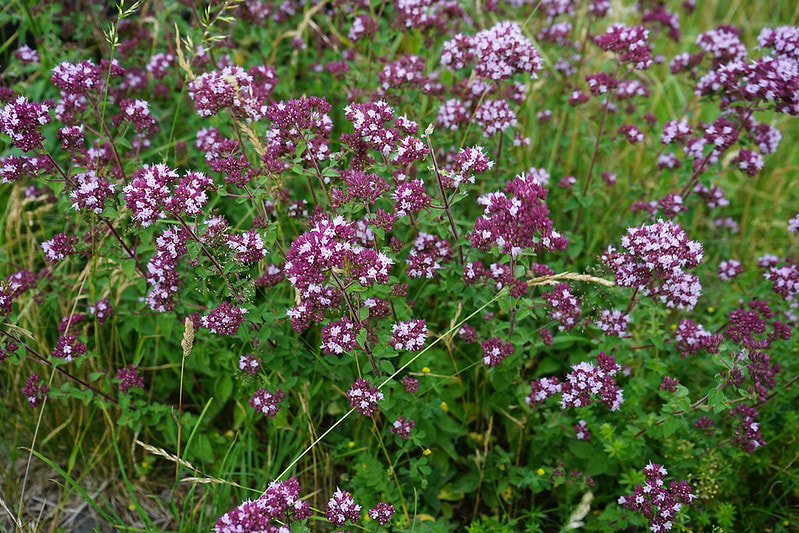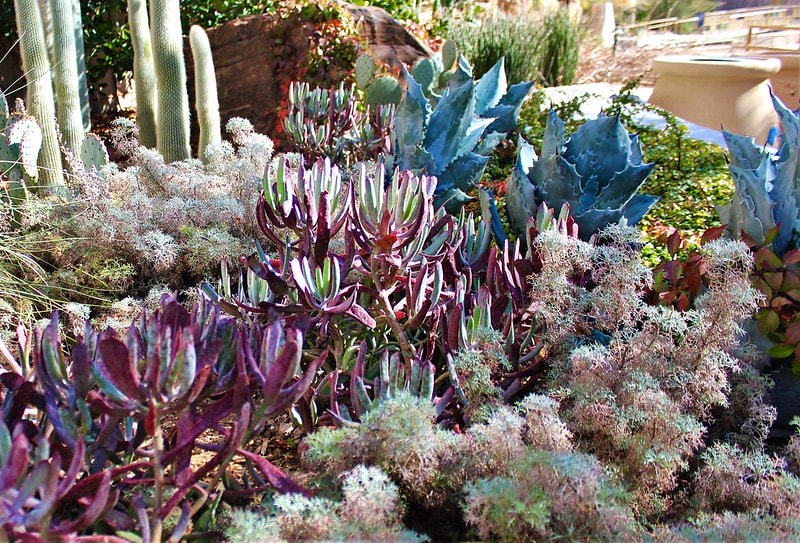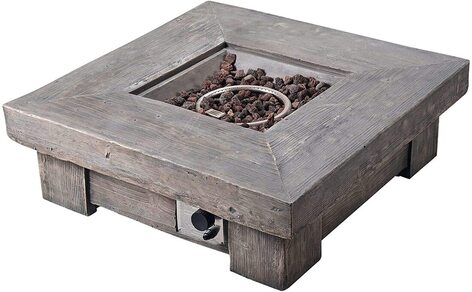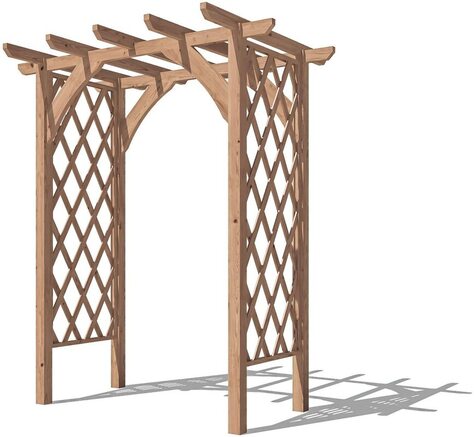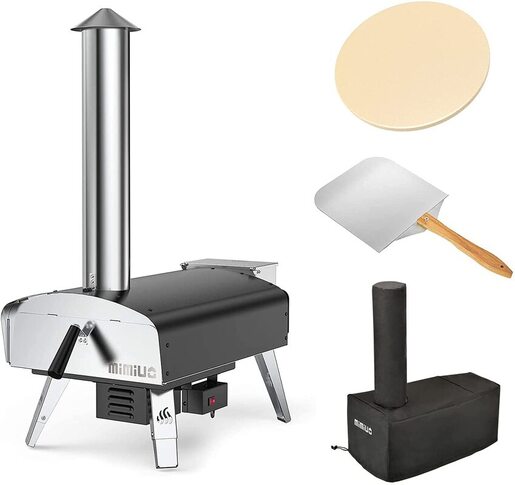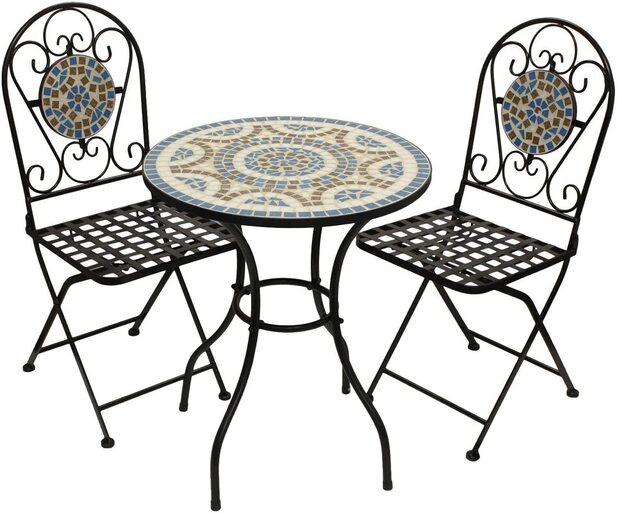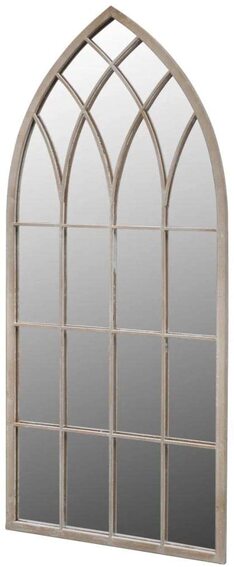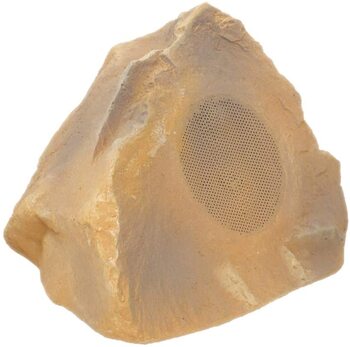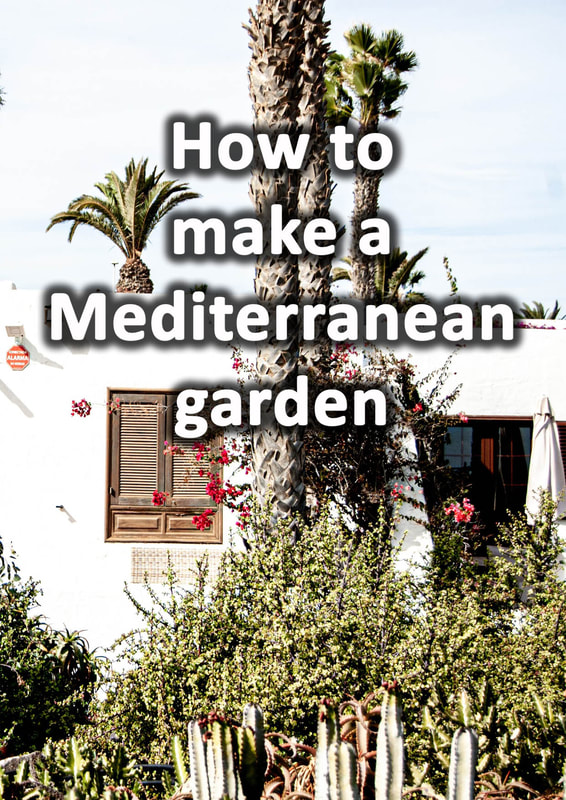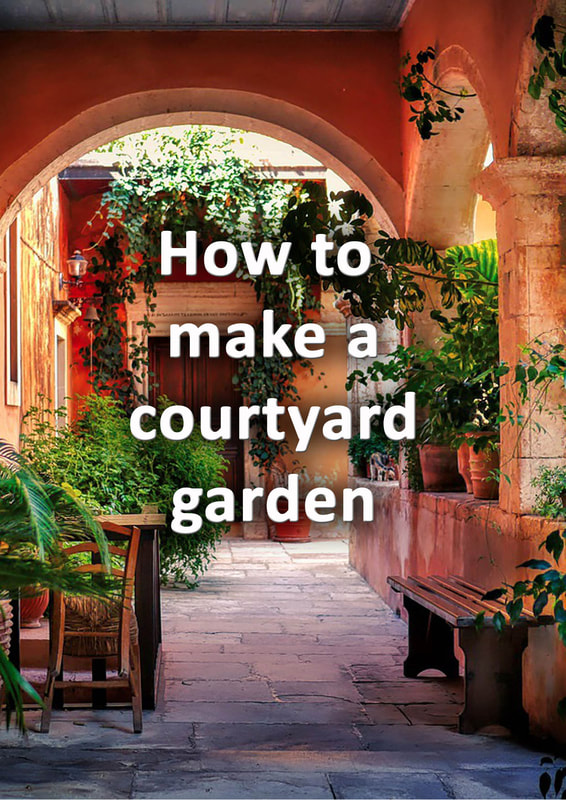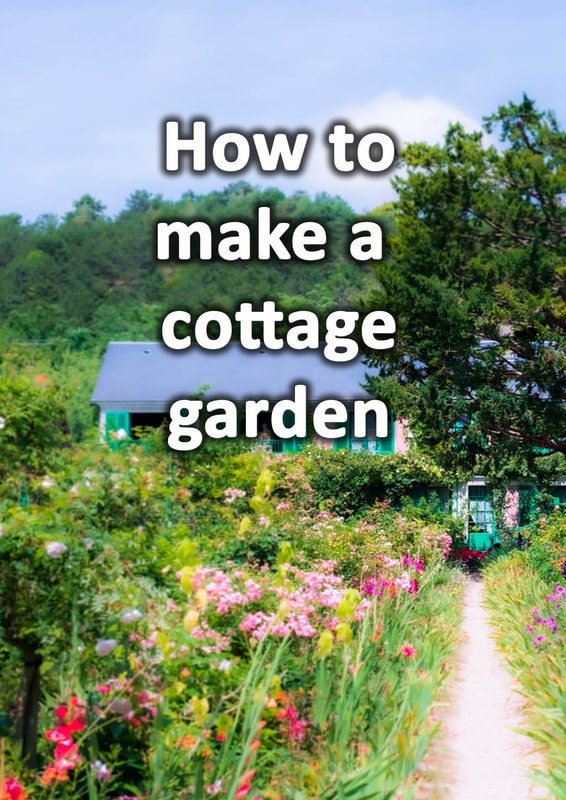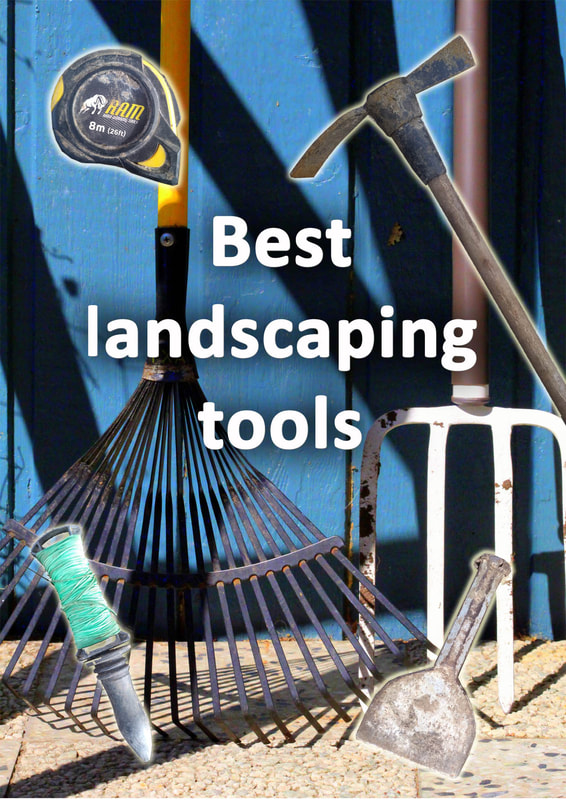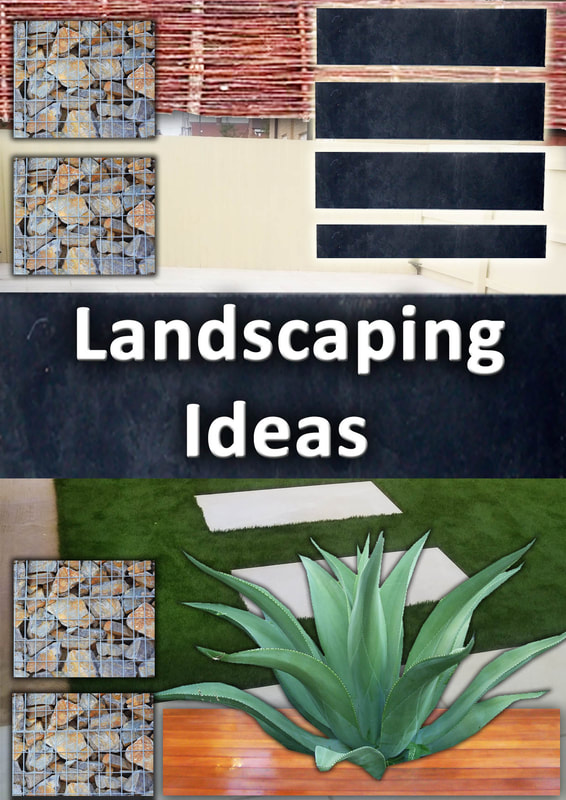|
This article contains affiliate links
If you have ever driven through the landscapes of Tuscany you will understand just how magnificent they are.
It is difficult to quantify how a whole region has the refined beauty of a well designed garden. Rustic stonework combined with geometric walkways and warm colours are a feast for the senses. Tuscan gardens have an ability to show off sophisticated design flair but with a contextual honesty at once. An emphasis on spatial balance between horizontal and vertical planes is very easy on the eye.
Jointing to brickwork and patios can be smudged and smeared in a way which would be completely unacceptable within other styles.
For this reason The Tuscan style is unapologetic but serine at the same time! It is no wonder that the beauty of Tuscan gardens is sought to be replicated worldwide. Here we will aim to articulate how to make a Tuscan garden of your very own. We will investigate the history, principles, design ideas and Tuscan accessories to make your project special. History of Tuscan GardensTuscan gardens are rough and rustic as well as being sophistically refined at the same time. These contradictions are a result of historical evolutions in design and the contextual practicalities of rural life. Through the ages Tuscan villas have served as family farms, wineries, hunting grounds and even fortresses. This has led to consistent patterning across the landscape as a whole. Villas were built upon high hills for a commanding view over the landscape. Sunny, well drained slopes were planted with symmetrical rows of olives, nuts and vines.
Consequently the landscapes of Tuscany have evolved a consistent aesthetic and one that is very aesthetically pleasing.
However it is important to understand that for most of history, Tuscany’s gardens were never for recreation. Up until the 1500’s all gardens and landscapes were heavily managed for the production of food. Even the inner sanctums of fortified towns had significant spaces dedicated to food production. Consequently Tuscan gardens have always had an emphasis on rural utility and culinary importance. The RenaissanceThe Renaissance was a period of European history which transitioned the medieval period into a process of modernity. It was a time of social, cultural, and political change based upon the revival of ideas from the classical age. This included a deep curiosity of classical ideals and art as well as Greek philosophy. This new, revolutionary, age challenged every corner of life from architecture through to social ideals. In particular there was a significant rebirth in classical styles of architecture and design. A great emphasis was placed upon balanced geometry and perspective. These fundamentals gave society a sense of mans dominance over untamed nature. This conveniently came at a time of extensive, human advancement and global exploration. As the Renaissance started within Italy, Tuscan garden design was one the first to evolve. High walls of Villas were taken down as gardens became a part of the wider landscape. There was an attempt to make landscaping more orderly and geometric. This can be seen in many Tuscan gardens today which are planned around a central axis. There is also an emphasis on balancing horizontal and vertical planes. This means implementing more vertical features to contradict the expansive surrounding landscape. This can be clearly seen in the planting of tubular Italian Cypress trees and installation of pergola structures. How to design your Tuscan gardenDesigning a successful Tuscan garden is not just about creating a beautiful landscape. Although you want your aesthetics to be authentic you also want a functional garden space. If you are new to design, it’s always good to start with the fundamentals first. Form should always follow function as how you use your garden should be the first consideration. Circulation
The first thing to consider is how you currently move around the site. If you want to create a new circulatory system then this should be engrained into the sites new structure. Many Tuscan gardens are designed on an axis with a strong spatial hierarchy. Perhaps you could create a central walkway with more informal, curvy, paths, leading to other features. Site analysis
The first step for working up a design strategy is to do a site analysis. On a piece of paper write the four sub-headings: Strengths, Weaknesses, Opportunities & Constraints. Under each heading, list all of the relevant aspects of your garden which correspond to the headings. Site strategy
For example if you have a boggy garden it will go under weaknesses. However under opportunities you may state ‘easy to create a self filling wetland’ Attempt to identify every specific circumstance on your site and how it can be utilised. This process should start to develop a strategy on how to minimise negative elements and enhance positive elements. Working with precedent
Now you need to browse precedent images of Tuscan gardens you like. Look for specific scenes or design elements you would like to incorporate into your garden. Gather as many images as you can and think about how these scenes could work within your garden. Develop a list of specific elements you want and plan how you can implement them to your space. Develop a plan
Draw out a scaled plan of your garden and using sheets of tracing paper start to sketch out ideas. This is the most enjoyable part of the design process! Here you can be as free and as explorative as you like. It is important to not be in a rush to discover the perfect garden straight away. You can engage the whole family and let design solutions evolve over time. If you get stuck sometimes it is good to take a break for a few days and go back with fresh eyes. Eventually you will evolve your fully completed Tuscan garden design!
For further inspiration we have listed 10 Tuscan garden design ideas below!
10 Design ideas for Tuscan gardens
1. Go for a rustic look
There is one common finish which is regularly referred to in Tuscan gardens as Rustic. This term describes and means, less refined, material, finishes that possess a simplistic beauty due to context. This effect is very common in traditional Tuscan gardens; this is due to the practicalities of rural life and the weathering of aging surfaces. Go for less refined, modern landscaping and embrace more old and weathered materials. 2. Incorporate dry stone walling
A typical feature within the landscapes of Tuscany is their dry stone walls. Many of these have porous and flaky surfaces due to the local volcanic geology. This gives them an interesting texture and contextual connection within the landscape. It is easy to recreate this effect in your Tuscan garden in a number of ways. You can purchase your own dry stone wall materials and create raised beds with them. Or you can fill Gabions with rocks for a more modern look. Alternatively you can clad existing masonry walls with a realistic natural stone wall cladding. 3. Use terracottaTerracotta is a traditional material found in Tuscany and throughout the whole Mediterranean. Made from fired clay it provides warm, orange and red tones to the Tuscan garden. Terracotta tiles can be used to pave patios and tile walls for an authentic, Italian, effect. Alternatively you can use terracotta pots to endow seating areas and gravel walkways. 4. Utilise gravel
Gravel surfaces are typical of rural, Tuscan gardens and can provide a decorative, visual, texture. These can be a very affordable way to surface paths and seating areas if you are on a budget. Gravels are also great to top flower borders with for a more Mediterranean themed effect. 5. Create an axis
Tuscan gardens due to influences from the renaissance period have often been panned on an axis. This may or may not be favourable for your garden especially if you need a central lawn. However geometric lines ad features are a good way of portraying a Tuscan theme. 6. Create height with raised bedsA domineering part of the Tuscan landscape is the topography and multiple level changes. Even if you currently have a very flat site raised beds can be implemented to create multiple levels. This can provide added interest and allow you to benefit from deeper growing substrates for planting. 7. Decorate with warm coloursTuscan gardens are famous for using materials and colours with warm tones. Paving and stonework generally ranges from terracotta to light pinks, golden yellows and bright oranges. Rustic sandstones with varying tones work well in Tuscan designs. Very often in Italy smoothly rendered walls are painted vibrant colours to provide an inviting feel. 8. Create a kitchen space
A consistent theme which is dominant is most Italian gardens is the idea of outside living. In the Mediterranean this generally involves a garden kitchen and dining space. This can be the perfect way to enjoy your Tuscan garden with some cultural authenticity. If you really want to live the Tuscan lifestyle why not install a pizza oven? 9. Add height with pergolas
Traditional, Tuscan, gardens install features which accentuate vertical lines within the landscape. This can be done by erecting pergola structures to seating areas and pathways. A great way to utilise these is to grow a good quality wine grape over the top. This will provide summer shade and maybe even some homemade Chianti! 10. Create a dry GardenA great way to inject the feel of Italy into your garden is to create a dry garden. These typically consist of well drained, gravel areas with Mediterranean planting. Dry gardens can really change the perception of a space to a much warmer one during summer months. These can be decorated with rustic rocks and dry loving plants like succulents. Why visit our article on how to create a succulent garden outside? 16 Typical plants for Tuscan gardens
Italian Cypress
Stone pine
Olive treeCitrus
Bay tree
Box
Grape vine
Jasmine
Ornamental grasses
Artichokes
Rosemary
Thyme
Lavender
Sage
Oregano
Succulents
Tuscan garden accessories
Garden sofas
Garden tables with fire pits
Garden arches
Pizza ovens
Mosaic tables
Classical garden ornaments
Water features
Garden mirrors
Garden heaters
Garden log burners
Garden speakers
Thank you for reading our article on how to make a Tuscan garden and Tuscan garden design. If you found it useful and it helped your search please share it via the tabs below! This really helps us to write more useful content in the future! Why not share your own experiences with Tuscan gardens in the comments below?
'As an Amazon associate I earn from qualifying purchases'
0 Comments
Leave a Reply. |
The Author
|
Landscaping services across Buckinghamshire, Amersham, Aylesbury & High Wycombe
Hyde Heath, Amersham, Buckinghamshire |
|

